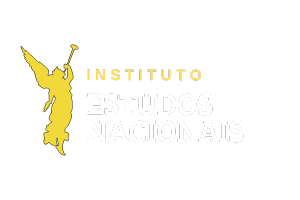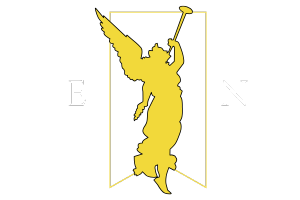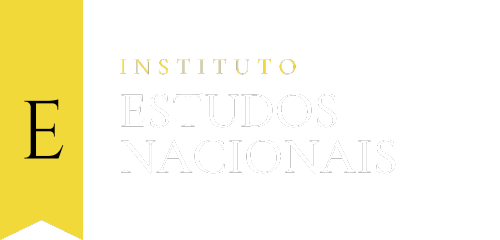A spirit, a mentality or a set of human actions that are random or ordered merely by their limitations? What causes and drives revolutions throughout history? Social, cultural and psychological transformations, in customs and conceptions about the nature of man, had as a fundamental factor a type of rebellion against the divine order. In all of them, there is an identity or loyalty that transcends time and space. The book The Devil and the Revolution answers these and other concerns about the revolutionary phenomenon in history, deeply relating it to supernatural reality.
The book, which is only being released in digital form and Kindle, brings a perspective that can be provocative for those who relativize religious values and customs in the name of merely administrative, political conduct or technological solutions to social problems.
 What led humanity to experience terror and fear to such a high degree as in the 20th century may be the same phenomenon that has provoked political and climate apprehension. Would it be possible to relate the revolutionary phenomenon to the natural tragedies, floods, tsunamis, plagues and fires that are increasingly occurring around the world? For environmentalists, human habits are closely linked to the physical and natural imbalance of the Planet. In the book recently released by the National Studies Institute, the relationship made by environmentalists may be a modern materialist and scientific version of a profound spiritual reality that has been persistently forgotten by modern man.
What led humanity to experience terror and fear to such a high degree as in the 20th century may be the same phenomenon that has provoked political and climate apprehension. Would it be possible to relate the revolutionary phenomenon to the natural tragedies, floods, tsunamis, plagues and fires that are increasingly occurring around the world? For environmentalists, human habits are closely linked to the physical and natural imbalance of the Planet. In the book recently released by the National Studies Institute, the relationship made by environmentalists may be a modern materialist and scientific version of a profound spiritual reality that has been persistently forgotten by modern man.
The book is authored by Cristian Derosa, who also recently published the book The Black Sun of Russia, which addresses the dangers of Russian infiltration among Christians and warns of the occult links of the Kremlin’s new ideology.
Inspired by works such as The Revolution, by Monsenhor de Seguir, written shortly after the tragic events of the French Revolution, as well as the classic by Brazilian Catholic thinker Plinio Corrêa de Oliveira, Revolution and Counter-Revolution, the work that is now available in digital format delves deeper the everyday relationships between customs and the supernatural world.
The prophetic final fire scene in Fyodor Dostoevsky’s book The Demons demonstrates the final stage of the Revolution: destruction. In our days, when we see, for example, the great fires that took over the streets of cities in California, in the USA, especially Los Angeles, we cannot help but remember the profound revolutionary stage that that region reached, where the intense flame came from. of the cultural revolution through Hollywood productions, customs encouraged by North American society after the permanent action of Soviet subversion.
North American customs were profoundly and easily transformed thanks to their Protestant and Masonic matrix, revolutionary elements that led to the gradual separation between everyday life and divine reality, based on the habits and values associated with them. Modernity became the great product of the Revolution, but the true meaning of this demonic phenomenon in society can only be understood by the true war against the influence of the Catholic Church in the world, whether in an overt or subtle way, in the form of attacks from outside or infiltrations. from within the hierarchy.
The work is described as an alert to the need for spiritual and cultural resistance in the face of forces that seek to undermine Christian values. Furthermore, it draws parallels between the great revolutionary transformations and biblical prophecies, highlighting the central role of the Catholic Church as a barrier against the advancement of the revolutionary project.










